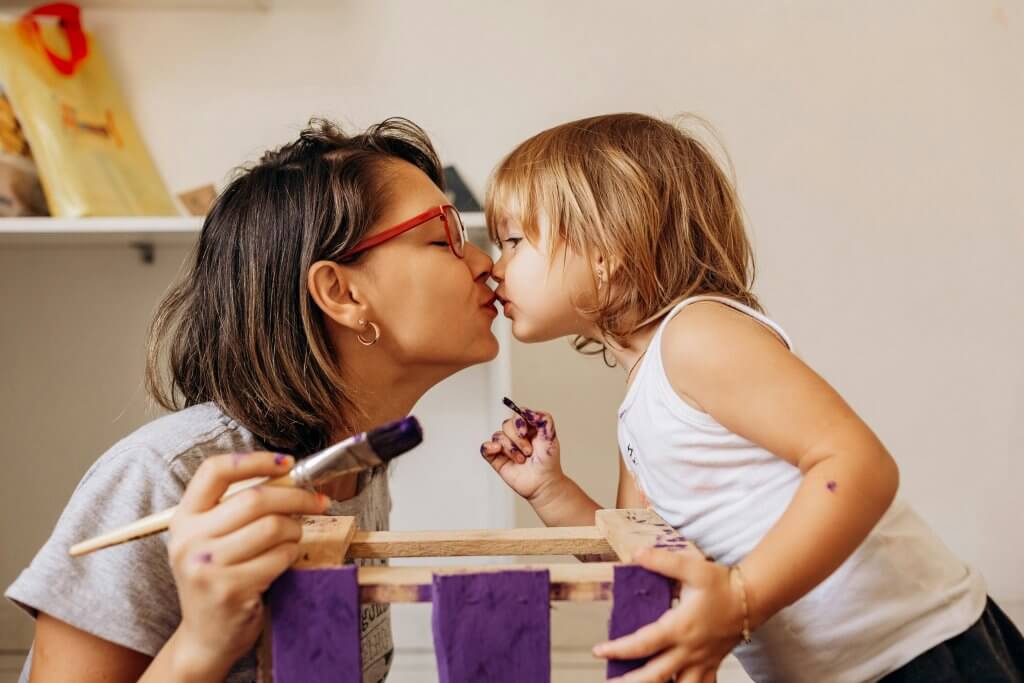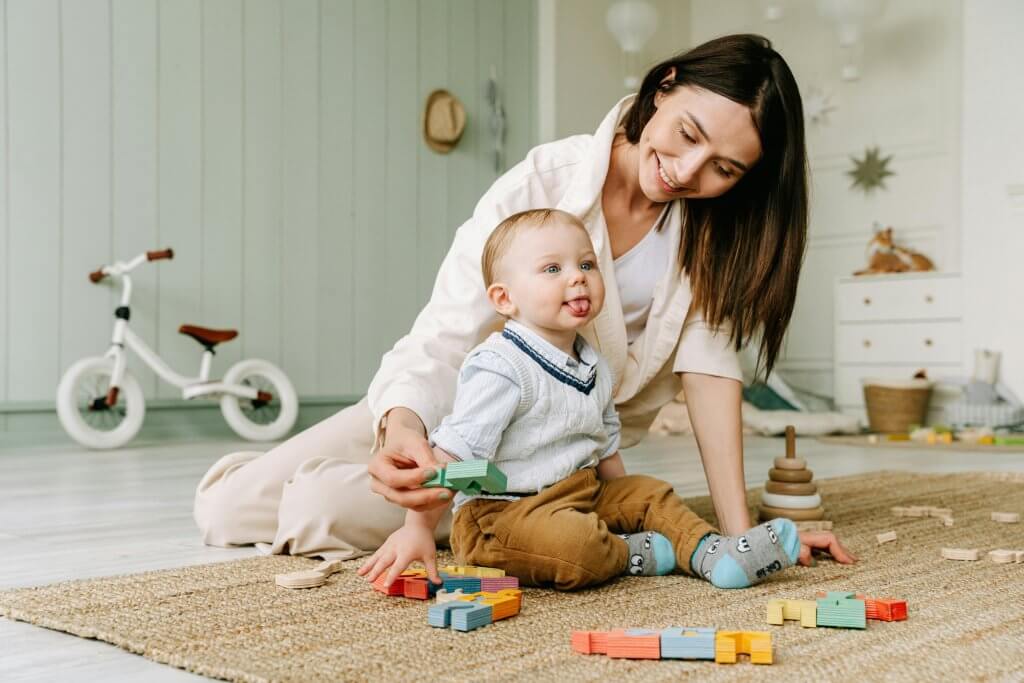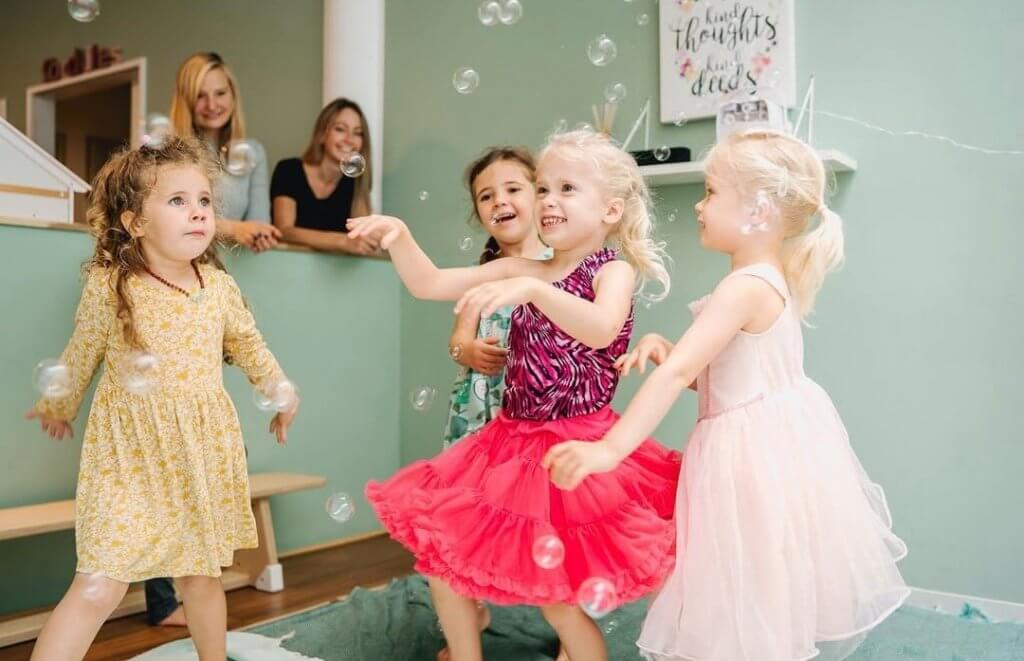5 Sensory Play Ideas for Toddlers Using Things You Already Have at Home
No time, no fancy toys, no problem — these quick, mess- free, sensory play activities take just minutes and bring joy to your day and to your little one, too.

Learning Begins with the Senses
Every parent knows toddlers are little explorers who love touching, squishing, tasting, pouring—even throwing—anything they can get their hands on. This hands-on exploration is actually how they learn best.
That’s where sensory play comes in.
Feeling overwhelmed just thinking about adding something new to your busy day? Take a deep breath. These activities are quick, mess-friendly, and only take 5 to 10 minutes. Yes, really!
But—before we dive in, let’s start from the beginning…
What is Sensory Play?
Sensory play is any kind of activity that stimulates a child’s senses — including touch, sight, sound, scent, and even movement. These kinds of experiences help children develop critical life skills and promote healthy brain development.
Why Is Sensory Play Good for Your Child?
- Supports brain development by improving memory, focus and problem-solving abilities.
- Develops motor skills through kinaesthetic play, which are necessary for later tasks like writing or using scissors.
- Children express what they see, feel, or do, which helps to improve communication and language skills.
- Helps kids express themselves and comprehend others, which promotes social and emotional development.
Now that you know why sensory play is important, why not roll up your sleeves and get started?
Let’s get your hands in the (play) dough and begin exploring the senses through creativity — together with your little one!
5 Easy Sensory Play Ideas (No Fancy Materials Needed)

1. Hands in the Bin: Pasta & Rice Play
- What you need: A container/tray, some uncooked rice or dry pasta, and few scoops/spoons, or small toys.
- How to do it: Put the dry ingredients (rice or pasta) into a small bin or tray. Add the spoons or scoops, some plastic animals, or even cooking utensils (but not the sharp nor the dangerous ones), and let your toddler dive in.
This sensory play encourages pouring, scooping, burying, and exploring textures — all while improving fine motor skills and hand-eye coordination.
2. When Bath Time becomes Play Time
- What you need: A safe spot like a sink or a bathtub, some plastic cups, and water-friendly toys.
- How to do it: Fill your tub or sink with warm water and a few drops of child-safe soap. Then add water-safe toys, cups for pouring, and sponges for squeezing. Children will enjoy pouring, splashing, floating, and comparing warm and cool temperatures.
Water is a great sensory element for toddlers, allowing them to explore this new world.
3. Walk This Way – but in a Sensory Style!
- What you need: Towels, bubble wrapping, wrinkled paper, soft blankets or anything that has different textures.
- How to do it: Set up the materials in a line on the floor and let your toddler walk, crawl, or walk over them barefoot. Talk together about how each surface feels: soft, rough, smooth, cold or scratchy.
This sensory play approach encourages body awareness, balance, and early language development by exploring various textures in a fun and active way.
4. Scent-sational Dough Moments
- What you need: Playdough (home or pre-made), herbs, spices, or citrus peel.
- How to do it: Try adding some scents to the playdough and see how your toddler reacts.
Playdough encourages sensory and motor skill development, but adding scents helps your children travel through their imagination.
5. A Genie in the Bottle: Handmade Sensory Jar
- What you need: Plastic bottles, water, glitter, oil and small safe objects.
- How to do it: Put some water, oil, glitter or any other small, safe object into a plastic bottle to create a fun visual effect.
These „sensory bottles“ are ideal for visual stimulation and concentration. Your child will enjoy watching the glitter sparkle or bubbles fluctuate. Additionally, each bottle can be customised with a color, shape, or material.
Keep it easy: Make Sensory Play Fit Your Life
Though it may seem like a lot, there are simple and quick ways to incorporate sensory play into your activities.
As you can see, it doesn’t have to be difficult or time-consuming to include sensory play in your everyday routine. You can provide your toddler with rich, multi-sensory experiences that meaningfully support their development with a few commonplace objects and a little imagination.
Even a quick 10-minute session can have a big impact, supporting your child’s development and fostering unique times of bonding between you two.
Not only is sensory play beneficial for your child, but it’s also a lovely way to be present, explore, and share in the magic of learning with your child.
Sensory Play Is Better Together
Sensory play becomes even more special when done in community — when toddlers observe each other, learn by watching, and parents share their experience.
Baby and children -friendly spots like BabyBee Spielraum offer a welcoming parent café where families can enjoy sensory play and quality time together.
Visit BabyBee Spielraum´s website to explore their philosophy and their play sessions, or, even better, book a spot and come experience it for yourself!
Because sometimes, it’s not just about what you do — but who you do it with.

Quick Answers to Common Questions About Sensory Play
Got questions? You’re not alone. Here’s what some busy parents asked—and the simple answers that work.
Lisa M., Doctor: “I only can spend some quality time with my daughter on weekends. How much sensory play time is enough?”
Even 5–10 minutes a day can make a big impact—quality matters more than quantity!
Katrina P., Marketing Manager: “I’m concerned about the mess. How messy can it be”
It can be a bit messy, playing outside or utilising trays can help. Part of the pleasure might also include cleaning up!
Jenny L. Stay-at-home Parent: “My 2- years old toddler is overwhelmed easily. Can sensory play still help?”
Definitely! Pick some activities that provide relaxing noises or textures to help your child feel more relaxed.
Now it´s your turn!
Have you tried any of these sensory play ideas?
Let us know in the comments — or feel free to share a photo of your moments with your little one. We’d love to see how you’re bringing sensory joy into your home.
Are you looking for a more permanent play solution?
Here´s a guide about Sensory Corner: How to Create a Simple Space at Home.
Because when play meets presence, magic happens — one sense at a time.